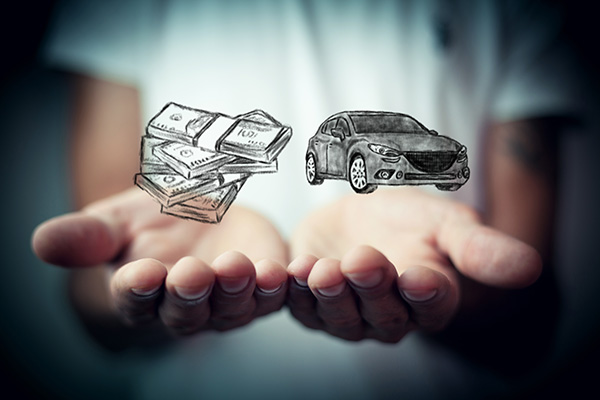
Whether you’re shopping for your next daily driver or upgrading to something more modern, deciding between leasing and buying can be tough, especially in today’s automotive market. Prices for new and used vehicles have shifted significantly in recent years, and that’s made this decision more complicated than ever. Understanding how each option works and how it aligns with your needs is the best way to make a smart financial move.
Let’s walk through what it means to lease or buy a car, how today’s conditions impact your decision, and which factors to weigh when choosing the right path.
The Basics of Leasing vs. Buying
When you lease a car, you’re essentially renting it for a set period (typically 24 to 36 months) while only paying for the vehicle’s depreciation during that time. At the end of the lease, you return the car or have the option to buy it.
When you buy a car, whether with cash or a loan, you own it. That means you’re responsible for the entire cost, but once it’s paid off, the car is yours with no further payments.
Leasing offers lower monthly payments than financing a purchase, but it also comes with mileage limits and wear-and-tear fees. Buying gives you more flexibility, equity in your vehicle, and the freedom to drive it as much as you want for as long as you want.
How the Current Market Is Changing the Game
In the past few years, car prices have risen significantly due to supply chain issues, chip shortages, and rising interest rates. That’s made both leasing and buying more expensive, but it has also created new challenges and opportunities depending on your situation.
If you’re considering leasing, be aware that monthly payments may not be as low as they used to be. The value of leased cars at the end of a lease term has also shifted, making it harder to get a good deal when buying out a lease. However, leasing can still be a smart option for drivers who want a newer car every few years without the long-term maintenance concerns.
If you’re leaning toward buying, expect to pay more upfront or finance at higher interest rates unless you qualify for promotional financing. However, buying makes more sense if you plan to keep your vehicle for many years, as you’ll eventually enjoy years without a car payment.
Key Factors to Consider When Choosing
Choosing between leasing and buying isn’t just about the monthly cost. You’ll want to factor in:
How many miles you drive each year: Leases often limit you to 10,000 to 15,000 miles annually. If you exceed that, you’ll pay per mile at the end of the lease.
How long you plan to keep the car
If you like having the latest features every few years, leasing offers flexibility. If you prefer to hold onto your car long-term and save money over time, buying is a better fit.
How much customization you want
Lease agreements restrict modifications. If you plan to make changes or upgrades, owning your car gives you full control.
What your financial priorities are
Leasing may free up cash flow with lower payments, but buying builds equity and eliminates payments in the long run.
What to Watch Out for With Leasing
It’s easy to focus on the low monthly payments of a lease, but there are some drawbacks to consider. Exceeding mileage limits, returning a car with cosmetic damage, or breaking a lease early can all result in unexpected fees. Insurance premiums may also be higher with leased vehicles due to the lender’s requirements.
Make sure you read the lease agreement carefully and understand what you’re committing to. Leasing can be a good fit if you’re careful with your driving habits and prioritize convenience, but it can cost more than expected if you're not.
Sherman Oaks Exclusive – Helping You Make the Smart Choice in Sherman Oaks, CA
At Sherman Oaks Exclusive, we’re not just here to maintain your vehicle, we’re here to help you make smart decisions that keep you driving confidently. No matter which direction you choose, we’ll make sure your car is well taken care of for the road ahead.